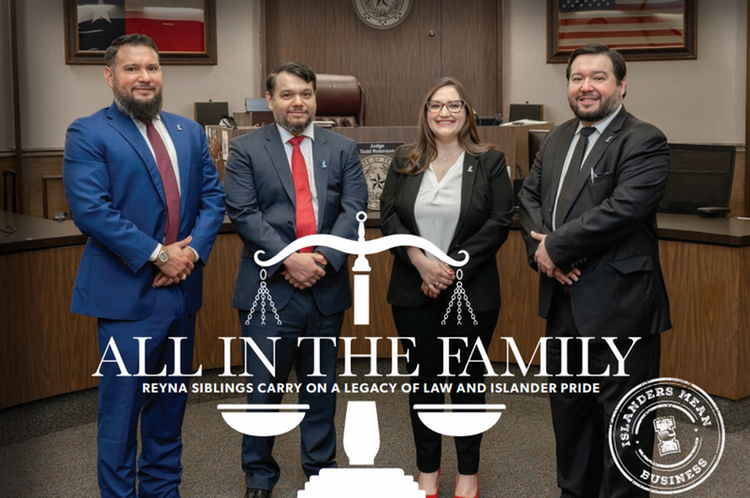Island University Researcher Co-Authors Report On Nation’s Largest Estuary
WASHINGTON, D.C. –The Island University is proud to have a hand in a new study that shows how the reduction of excess pollutants like nitrogen and phosphorus are the cause of ecosystem recovery in the Chesapeake Bay. The study, which was published today in the “Proceedings of the National Academy of Sciences,” could serve as a restoration model for Corpus Christi.
“The bays and estuaries surrounding Corpus Christi are very similar to the Chesapeake Bay. About 80 percent of Texas seagrasses are found in the Laguna Madre and these ‘coastal canaries’ are the first to disappear when an ecosystem is under stress,” said Dr. Christopher Patrick, assistant professor of life sciences at Texas A&M University-Corpus Christi. “Thanks to this study, we have the opportunity to put these measures in place to proactively protect our ecologically and economically important marine ecosystems as we head towards economic growth in the coming years.”
Patrick, who co-authored the study along with 13 other experts across the nation, found that a 23 percent reduction of nitrogen and an eight percent reduction of phosphorus resulted in a four-fold increase in the abundance of Submerged Aquatic Vegetation (SAV) in the Chesapeake Bay. This ecosystem recovery is an unprecedented event; based on the breadth of data available and a sophisticated data analysis, it is the biggest resurgence of underwater grasses ever recorded in the world.
“I am proud of our team of young and experienced researchers who worked in a collaborative environment to produce these exciting results,” said Dr. Robert “J.J.” Orth of the Virginia Institute of Marine Science at the College of William and Mary and senior co-author. “I really feel the torch is being passed to
The researchers employed advanced analytical tools to definitively show how the reduction of excess pollutants like nitrogen and phosphorus are the cause of this ecosystem recovery. To link land use and Chesapeake Bay status, researchers analyzed data in two different ways: one focusing on the cascade of nutrients from the land to the waterways and one showing what happens to SAV once the nutrients are in the water.
“J.J. and I have had the distinct privilege of facilitating research that confirms a direct correlation between conservation actions undertaken by a broad partnership and ecosystem responsiveness that is leading to positive ecological outcomes,” said Dr. William Dennison of University of Maryland Center for Environmental Science and senior co-author.
These findings are a collaborative effort between: Texas A&M-Corpus Christi, the Bigelow Laboratory for Environmental Science, Virginia Institute of Marine Science, University of Maryland Center for Environmental Science, Environmental Protection Agency Chesapeake Bay Program, U.S. Geological Survey, National Socio-Environmental Synthesis Center, St. Mary’s College of Maryland, Smithsonian Environmental Research Center and Maryland Department of Natural Resources.
“These efforts began before I was even born, but we are at a stage now where the all these different threads can be pulled together to unveil a picture of unprecedented success,” said Dr. Jonathan Lefcheck of the Bigelow Laboratory for Ocean Science and lead author.









